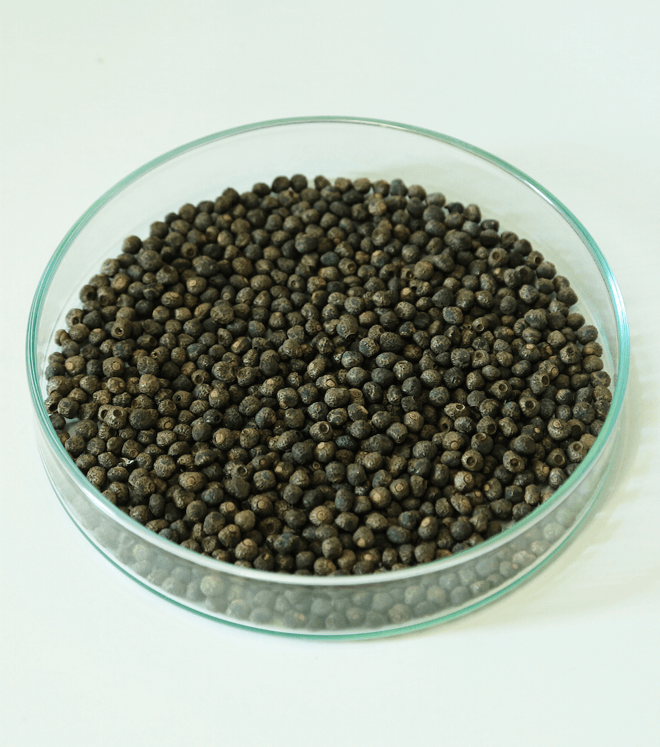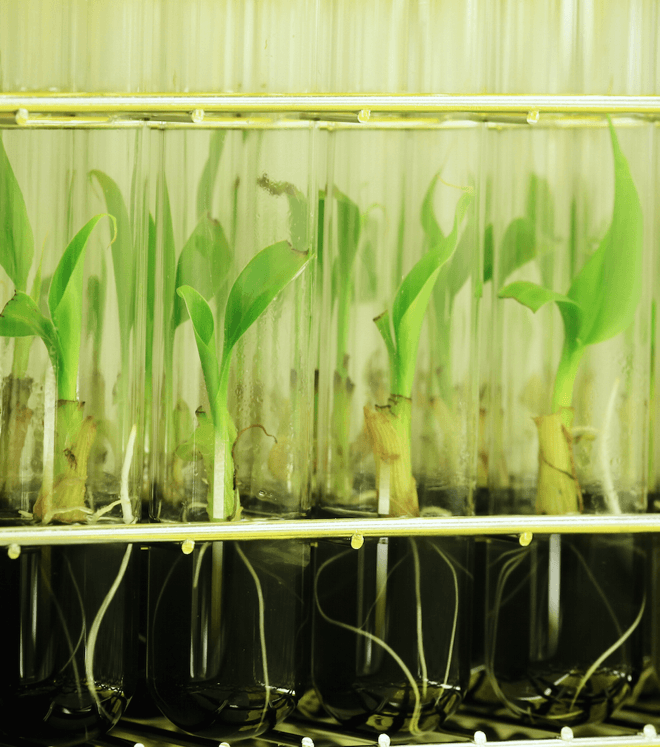Banana (‘Musa’ spp.) is one of the most ancient fruit crops.
It originated in Southeast Asia and the Pacific region and is believed to have first been domesticated more than 7,000 years ago. East and Central Africa is a secondary center of diversity.


About 150 million tonnes of bananas are harvested annually throughout the tropics, but only 15% or so (mainly dessert types) is traded internationally. Most bananas are grown for home consumption or for sale in domestic or regional markets. The cooking types are especially important for food security. East Africa has the highest consumption rates, with up to 1 kg a day per person.
Types
More than 50 species of wild banana are believed to exist, but two species, Musa acuminata and Musa balbisiana, are known for their role in the domestication of most types of edible banana. A distinct group of cultivars, Fe’i bananas, developed independently in the Pacific region. Overall, there are believed to be approximately 1000 varieties of cultivated bananas.
Wild bananas produce inedible fruits that are full of seeds and are diploid; that is, they have two complete sets of chromosomes. Most domesticated bananas are triploid, with three sets of chromosomes. With a few exceptions, triploid varieties are more vigorous and productive and have replaced diploid varieties, which are now rare.
A naming system for banana groups varieties according to the contribution of their wild ancestors, designated by the letter A for M. acuminata and B for M. balbisiana. For example, the AA genome group comprises diploid varieties that have two acuminata genomes, while the AAB genome group is for triploid varieties that have one balbisiana genome and two acuminata genomes.
The main subgroups of dessert bananas are Cavendish (AAA), Gros Michel (AAA), Mysore (AAB), Pome (AAB), Silk (AAB), Sucrier (AA) and Ney Poovan (AB).
The main subgroups of cooking bananas are East African Highland Bananas (AAA), Plantain (AAB), Maoli-Popoulu (AAB), Bluggoe (ABB), Saba (ABB) and Pisang Awak (ABB).
Conservation
There is growing demand for increased diversity of improved banana varieties among smallholder farmers and formal market systems. Supplying banana producers with a wider range of diversity can potentially broaden their livelihood options and can also enable family nutrition to be diversified. However, wild species and some cultivated varieties are inadequately represented in collections. Habitat destruction and replacement or loss of traditional cultivars intensify the urgency of collection and conservation.
Conservation methods
Edible bananas are usually seedless and options for long-term conservation are therefore limited by the vegetative nature of the plant’s reproductive system. This germplasm can be conserved as plants in fields or screenhouses (field banks), as tissue culture in slow-growth conditions and in cryopreservation.
Germplasm of wild bananas, including the ancestors of our edible bananas, Musa acuminata and Musa balbisiana, can be conserved as seeds. Genes can also be maintained in the form of DNA (as DNA or as lyophilized leaves) and as cryopreserved pollen.
Major banana collections
There are at least 60 major banana collections worldwide. Most banana collections manage their accessions as full-size plants (in vivo) in the field. A survey completed in 2015 reported that 56 field collections of banana together hold more than 9,000 accessions. About 31 of the institutes surveyed also hold in vitro collections, which in total contain slightly more than 4,500 accessions. The The International Musa Germplasm Transit Centre managed by Bioversity International holds 1,500 accessions in vitro and 950 accessions under cryopreservation.
Other banana collections with rich banana diversity or that provide relevant research, expertise, services or capacity building include: BPI, Philippines; CARBAP, Cameroon; CIRAD, France; FHIA, Honduras; DPI&F, Australia; EMBRAPA, Brazil; IEB, Czech Republic; IITA, Nigeria and Uganda; NARO, Uganda; NRCB, India; ARC, South Africa; SPC, Fiji; USDA-TARS, Puerto Rico.
References
Denham T, De Langhe E, Vrydaghs L. 2009. Special issue: history of banana domestication. Ethnobotany Research and Applications 7:163–164.
MusaNet 2016. Global Strategy for the Conservation and Use of Musa Genetic Resources. Bioversity International, Montpellier, France.
Panis B, Lambardi M. 2005. Status of cryopreservation technologies in plants (crops and forest trees). International Workshop on “The role of biotechnology for the characterisation and conservation of crop, forestry, animal and fishery genetic resources”; Turin, Italy, 5–7 March 2005. pp. 43–54.
Simmonds NW. 1962. The evolution of the bananas. Tropical Agricultural Series. Longman Scientific and Technical, UK. 170 pp.
Acknowledgements
Contributors: Bioversity International (Nicolas Roux, Rachel Chase, Max Ruas, Julie Sardos, Mathieu Rouard, Bart Panis, Ines van den Houwe), CIRAD, France (Jean Pierre Horry, Tomekpe Kodjo), Institute of Experimental Botany (Jaroslav Dolezel), IITA, Nigeria (Dominique Dumet).
Information on current practices for genebank management of banana was gathered from available literature and websites, as well as from current practices and accumulated experience from laboratories and genebanks holding major banana collections (Bioversity International, IITA, CIRAD and EMBRAPA genebanks). Information on in vitro and cryopreservation was provided by Bioversity International, complemented with extracts from Part I (Refinement & Standardization of Storage Procedures for Clonal Crops) and Part II (Status of In vitro Conservation Technologies for: Andean Root & Tuber crops, Cassava, Musa, Potato, Sweetpotato & Yam) of a three-part document prepared with the consultants E. Benson and K. Harding, as well as the clonal crop experts D. Debouck, D. Dumet, R. Escobar, G. Mafla, B. Panis, A. Panta, D. Tay, I. Van den Houwe and N. Roux.
Contact person: Nicolas Roux, Bioversity International, Bioversity, Belgium